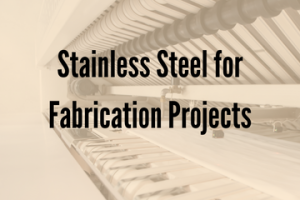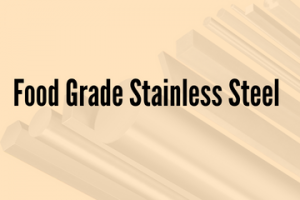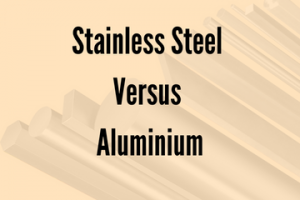When human life just evolved on our planet, the man used different means to find shelter against the natural forces of wind, water and heat energy. In the very beginning, he used to live in grasslands and then on trees thereafter he discovered caves, built huts, houses out of mud, wood and stones, hence after then dwelled there. Then came the iron age and later steel was developed as an infrastructural and building material. But now with the advent of science and technology till the twentieth century which is triggering industrial growth and migration has compelled people to think of higher occupant residencies. Overpopulation in industrial and metro cities seems impossible to be occupied without multi-storey buildings. Now what guarantees peaceful sleep and safety in these sky touching buildings today is Stainless Steel. Now let us have an outlook on how stainless steel nips in the bud the impact caused by natural disasters on structures made out of it.
High Strength and Resilience
Since stainless steel is a mixture of different types of alloys, some elements like chromium and molybdenum which imparts high strength and fatigue resistance to it. As a result the stainless steel’s bars and pipes used in buildings which do not get shrivel and absorbs a large amount of vibrational energy without failure. Hence it justifies its selection as an infrastructural material.
Corrosion and Rust Resistance
One of the remarkable properties of stainless steel is its extreme corrosion and rust resistance under the action of wind, water and moisture. They develop chromium oxide layer on their outer surface which inhibits rusting. That’s why stainless steel structures are used in making bridges, railway tracks and tunnels so that they can stand tall and firm under the effect of torrential rains, natural calamities like cyclone and storm.
Elasticity quotient is very high
Stainless steel have a very high elasticity quotient hence they absorbs a large amount of vibrational energy during earthquakes. Steel rods are used for reinforcements in concrete pillars to help withstand shocks at the time of earthquakes and thus preventing any kind of damage to the building. These are also used as a ceiling material in RC, RB and RRC designs of roofs by civil engineers because of its elastic nature.
Temperature Tolerance
As we all know that Stainless Steel has a melting point of 1535ºC so its property of temperature tolerance becomes unquestionable. It can easily survive high cryogenic conditions as well as natural heat strokes and that is used as sheet coverings on machine panels, window panes rooftops and ceilings etc. One of the most favourable reason of using stainless steel bars in foundation concrete pillars is that stainless steel have similar thermal expansion coefficient to that of concrete material. Hence both get deformed by the same margin reducing any anomaly in thermal expansion and corresponding fatigue.
Extremely long life and least metal fatigue.
Stainless Steel is very durable due to its corrosion resistant nature. Not only it has extremely long life but also exhibits least metal fatigue throughout its life cycle. It is used in making of modern swings and suspension bridges that can sustain cyclones and storms without failure. On the other hand it provides the user the flexibility in assembling and disassembling its part as per the need of the hour.
Last but not the least we can say that stainless steel helps withstand natural disasters by providing strong, versatile and durable infrastructural support to humans. That’s why stainless steelmakers round the world are beating the heat in designing, manufacturing and selling stainless steel products just because of their attributes in tackling any kind of natural or man-made calamity.
Author Bio

Eresh Sharma
The author is a Sales Engineer with Ambica Steels Limited. In his free time, he likes to write blogs and articles on Materials Science and Engineering, Technology, Steel Industries, Lifestyle and much more.




